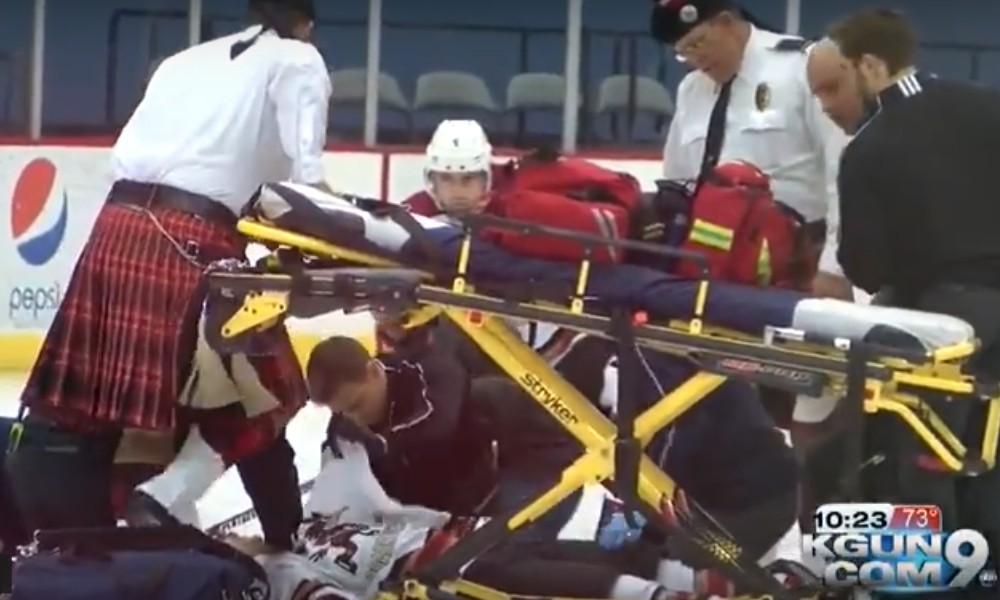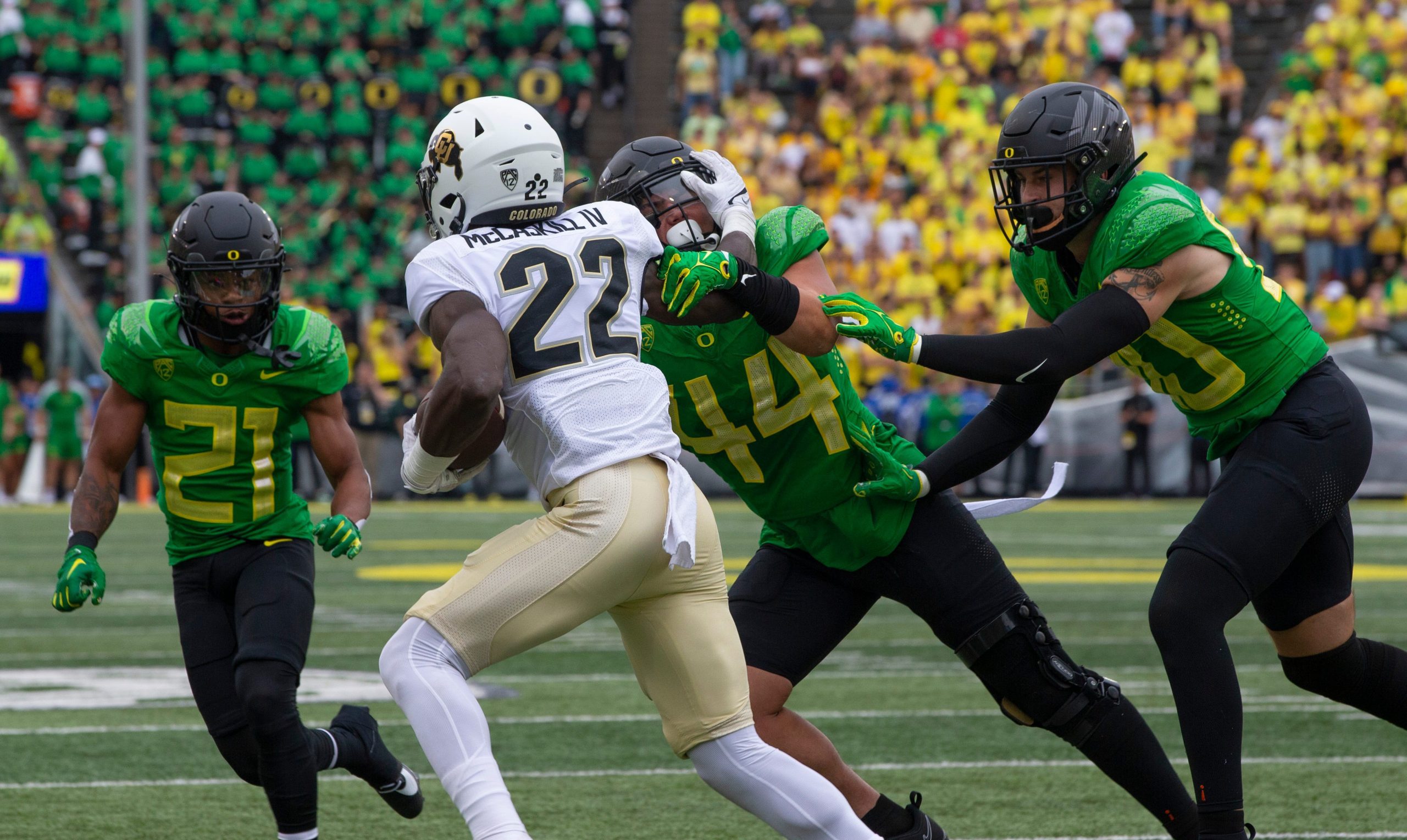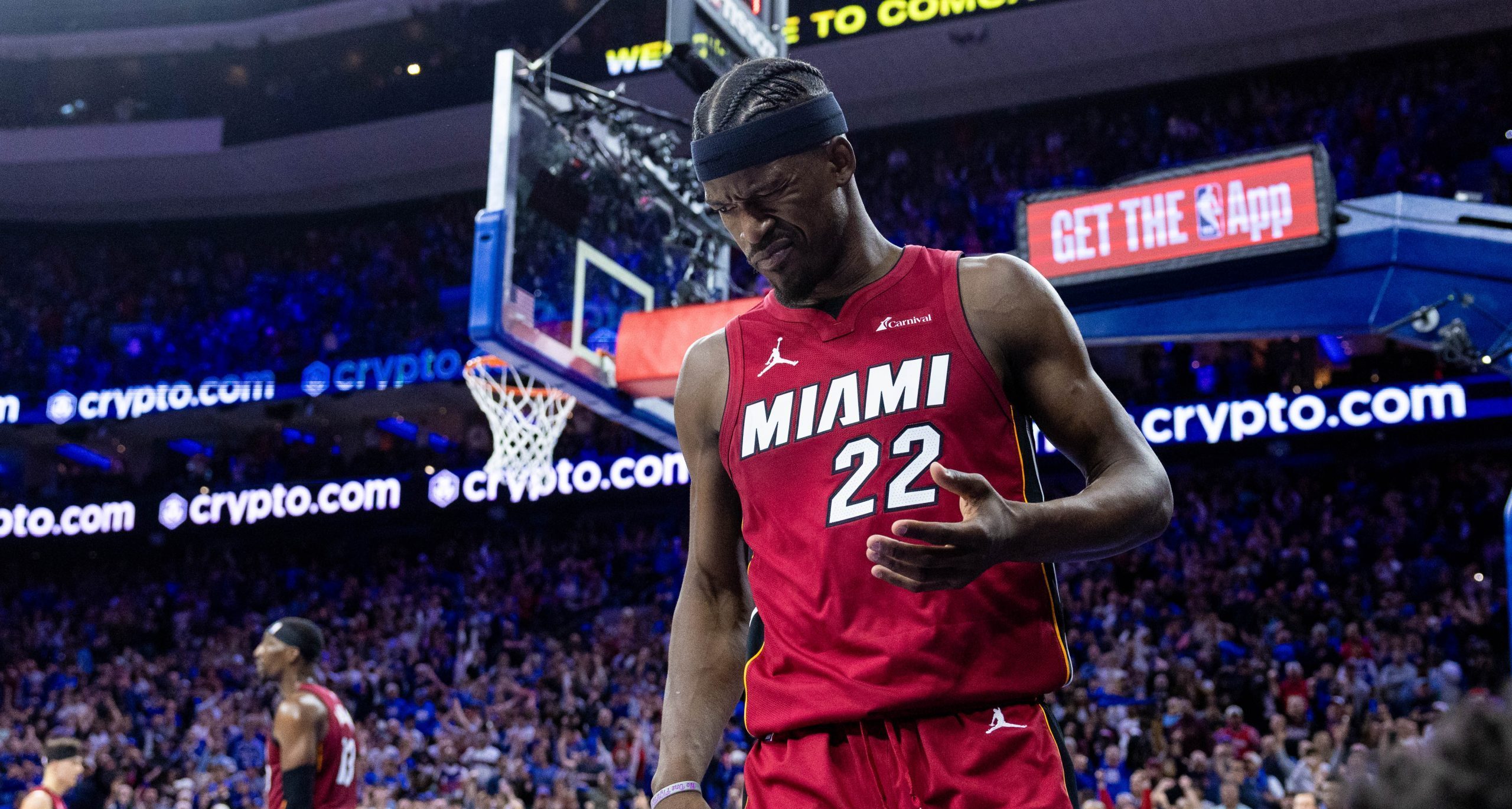If not for an extraordinary set of medical professionals and the quick treatment they provided, Craig Cunningham would not have been speaking to the media Wednesday.
The 26-year-old Cunningham, the captain of the Tucson Roadrunners (the Arizona Coyotes’ AHL affiliate) collapsed on the ice November 19 just after the anthem. Here’s footage of that from a local news report:
A month later, Cunningham is still recovering in hospital from what was later deemed a severe heart attack, but he was well enough to hold a press conference Wednesday and speak about the help he received and what’s ahead for him. The full press conference can be seen here; here’s a Fox Sports Arizona summary of it and of his overall story:
The story of Craig Cunningham's remarkable recovery, from near-tragedy to triumph. pic.twitter.com/6LGXR4gFwu
— Bally Sports Arizona (@BALLYSPORTSAZ) December 22, 2016
As Jon Lane writes at NHL.com, Cunningham won’t rule out trying to play professionally again, but there’s a long road to that point. His more immediate focus Wednesday was thanking those who helped preserve his life and discussing the struggles he still faces:
“I wouldn’t be here today without these doctors, our trainers, and the firefighters who were at the arena that night,” Cunningham said. “Some days are good and some days are bad. It’s more, for me right now, it’s just kind of mental. I’ve been here for so long. You look up at the roof every day and it’s the same roof. It’s been a pretty big grind just being in the same spot the whole time and doing the same thing every day.”
Cunningham’s survival was truly miraculous, as his heart didn’t respond to conventional treatments and specialists from the nearby Banner-University Medical Center Tucson had to come in for emergency surgery. Here’s more on how that happened and how close it was, from Jon Gold of The Arizona Daily Star:
[Dr. Zain] Khalpey pulled over and got the full synopsis of Cunningham’s condition: He was now bleeding from his lungs, and on a ventilator.
At this point, he’d had roughly 70 minutes of aggressive CPR, or what Khalpey calls “effective CPR,” not just “staying-alive CPR.”
“The thing that turned me was when [Dr. George Haloftis] said to me, ‘Zain, I’ve got 40 hockey players looking at me,” Khalpey said. “And his mom. You’ve got to come.”
Khalpey called Matt McReynolds, his perfusionist — the person who runs the heart-lung machine — and told him to gear up. He ducked over to UMC, sprinted inside to the intensive care unit and snagged a handful of cannulas — tubes inserted into the groin to drain blood, which is then directed into a pump to simulate the heart’s function — because St. Mary’s would not have them. The rest of Khalpey’s team, which includes nurses and a mobile emergency bed unit, would have to meet them at St Mary’s.
Khalpey and McReynolds grabbed the ECMO machine, tossed it in the back of McReynolds’ car and raced to the hospital.
However, it wasn’t a simple task once they arrived. McReynolds had to get the machine prepped and sterilized, while Khalpey had to talk to Cunningham’s mom Heather (who was only in town for a short time visiting around this game) about what was going on. And after that, there was a lot more work in store:
For 85 minutes, they beat Craig Cunningham’s heart to a bloody pulp. And right around then, 40 minutes after he’d first gotten the call that would save Cunningham’s life, Khalpey felt confident.
Cunningham’s blood pressure was up, he was off sedation, moving and responding. Khalpey said it kicked into “salvage mode.” They’d need to be aggressive.
The procedure is remarkably complex, yet simple in its explanation: Cunningham’s heart was still in ventricular fibrillation, and because his lungs were bleeding, his blood was getting little oxygen. The blood in his heart at that point, Khalpey said, was black. Khalpey needed to circumvent the body’s natural blood pumping, using the ECMO machine to act as a temporary heart and lung, with the cannulas draining the side of Cunningham’s heart, the blood passing through a pump which pushed it into an artificial lung, which moved it back through the heart’s arterial side with fully oxygenated blood.
As they were doing the arterial side, Khalpey said, Cunningham crashed and CPR was needed once more. The medication increased even further. After 20 minutes, he said, everything was sewn up and secured.
Cunningham soon moved his legs.
“And then he squeezed my hand, and I was like ‘Yes, yes,’ ”
It’s remarkable that Cunningham was in an area with specialists trained on the ECMO machine, and there were a lot of other factors that went into his survival. He got early CPR from a group of firefighters who were playing the anthem as part of a pipe-and-drum band, as well as team trainers and medics. There were further complications after the initial surgery, too, including his heart remaining enlarged and requiring further decompression a day and a half later; Khalpey used the ECMO machine again in a technique that had only been done three times before, all by him, and that helped return Cunningham’s heart from close to zero to up to near 45 per cent function.
There’s a long road of recovery ahead for Cunningham, and it’s far from clear if he’ll ever be able to play hockey again even at the recreational level, much less at the professional level. However, his survival to this point is more than impressive, and is the result of an incredible team of people coming together quickly when needed. Here’s wishing him all the best with his continued recovery.






